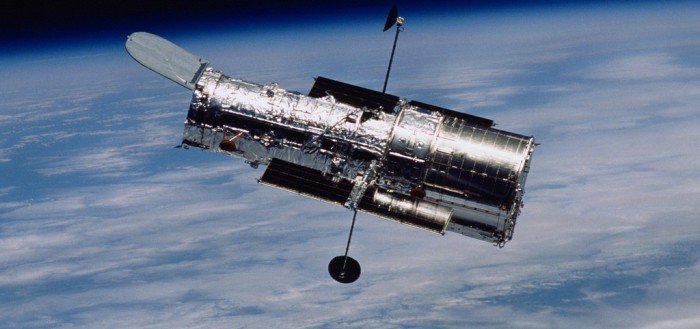NASA recently revealed its road map for the next 3 decades, outlining the possible space missions that it plans to carry out. The Orion was just one of the space missions that NASA had up its sleeves. NASA’s aim is to span beyond the current limits that space crafts and satellites have. Some of the missions that NASA is looking to carry out in the next 30 years are as follows :
- Far Infrared Surveyor: A space telescope that would operate at long infrared wavelengths and have greater sensitivity and resolution than missions like the Spitzer Space Telescope or the European Space Agency’s Herschel Space Telescope.
- Habitable-Exoplanet Imaging Mission: A space telescope that would be able to directly observe an Earth-like extrasolar planet orbiting another star, using technologies to block light from the star itself. Ultraviolet/Optical/Infrared Surveyor: A space telescope with a mirror of eight to 16 meters in diameter, building upon both the Hubble Space Telescope and James Webb Space Telescope.
- X-Ray Surveyor: An X-ray observing space telescope that would provide greater capabilities than the existing Chandra X-Ray Observatory and ESA’s XMM-Newton spacecraft.
These ideas for missions will become a part of the decadal survey that NASA will be submitting in 2020, 5 years from now. If these missions are deemed feasible then funding will be sought and contractors will be decided which in turn will hopefully bring these and many others to life. While most of the pitched ideas for the future relate to deep space satellites, manned missions are also a part of a much larger study which is deeply rooted to the all new Orion space craft. NASA hopes to make giant leaps in the next 20 years with space technology.






